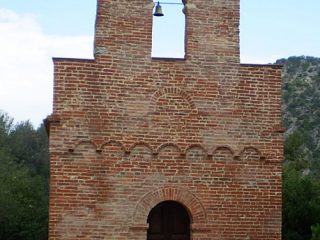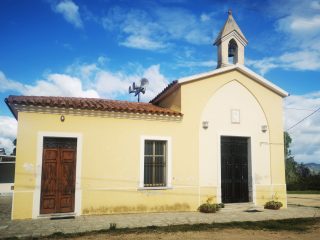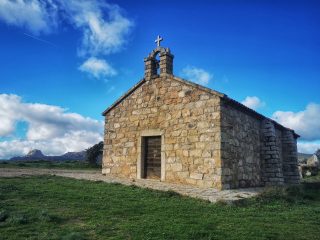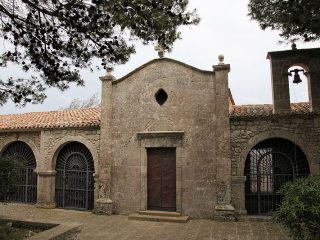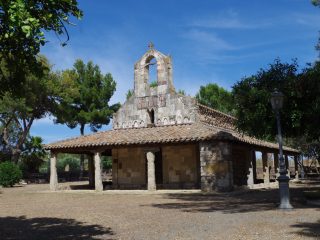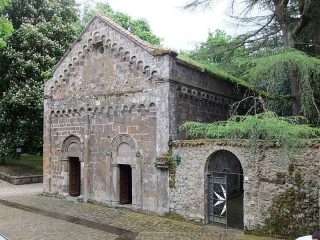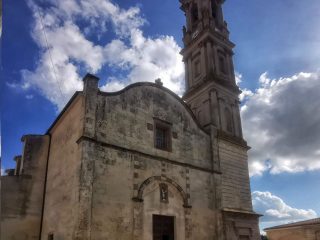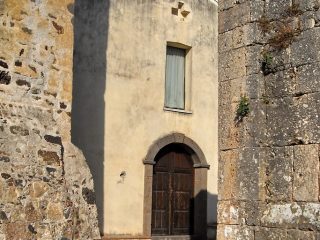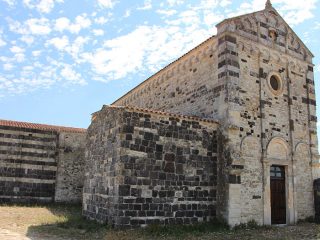The monumental church can be found in the Stampace neighbourhood. Designed to meet the architectural criteria of the Jesuits, building work on it began in 1687; it was opened a decade later still partially incomplete.
The facade, in Late Mannerist style is split into three transoms and two orders. Access is through a porch with three arches. Windows open out framed by Caryatids in the upper order of the facade; the facade is rounded off by a gable joined up by capitals to the order below. The gable houses a statue of the archangel, San Michele in a niche.
The building has a central layout with three chapels either side, interconnecting in a deambulatory, and a raised presbytery. The hall is covered with a dome on an octagonal tholobate, flanked by two bell gables.
The church’s interior is elaborately decorated with frescoes, wooden furniture and stuccoes. The high altar in polychrome marble is attributed to Giuseppe Maria Massetti and Pietro Pozzo; while Giacomo Altomonte and Dominico Colombino were responsible for most of the canvases in the building.
The Pulpit of Carlo V stands in the church’s atrium and originates from the destroyed church of S. Francesco in Stampace. The workpiece in white marble dates to 1535 and owes its name to a tradition which claims that the emperor Carlo V, passing through Cagliari, followed mass from this pulpit.




